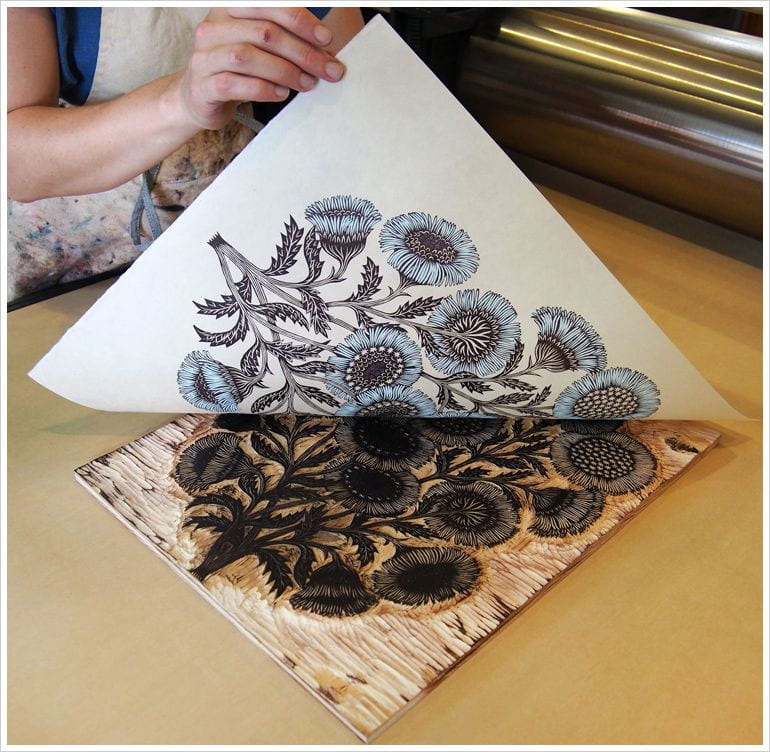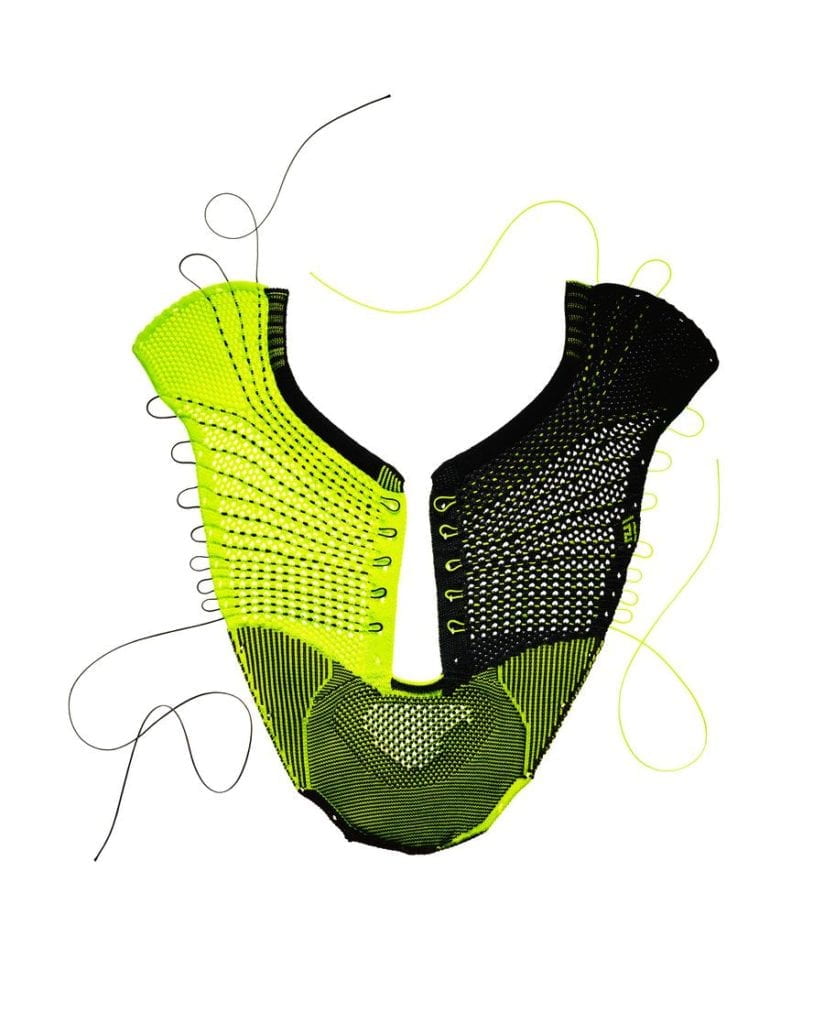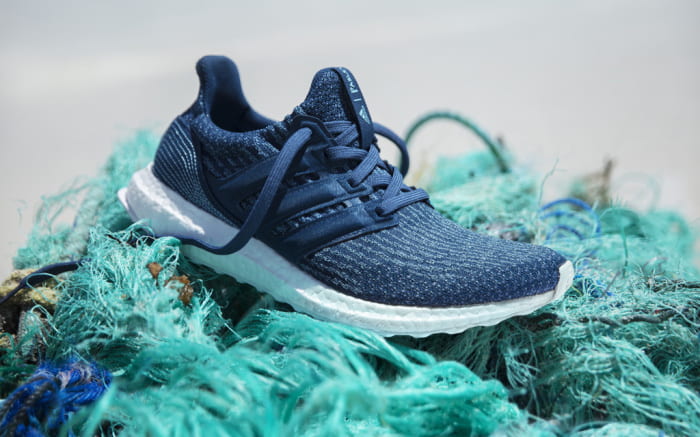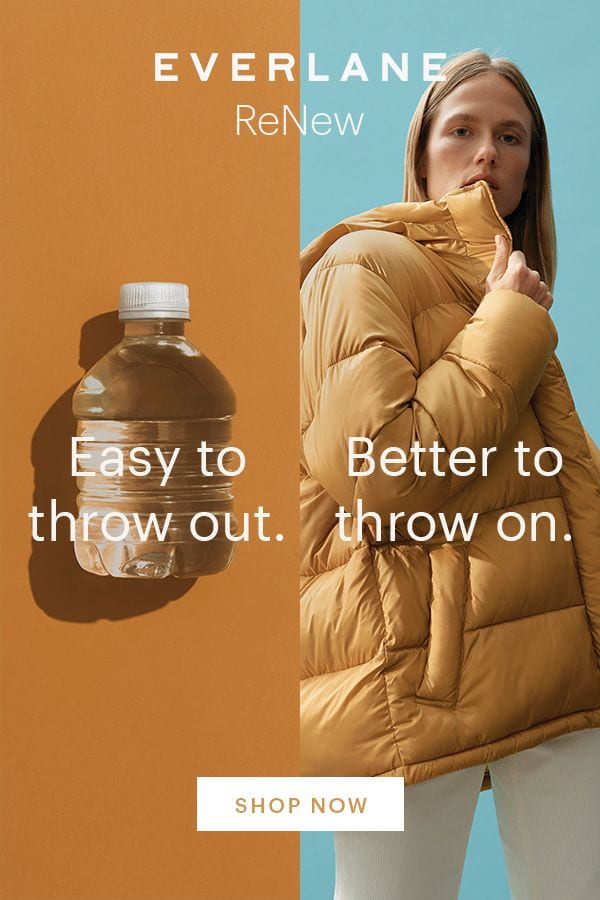Part 1:
Chinese Woodblock (Plastic Block) Printing
I’ve taken Foundations of Printmaking with Professor Monika Lin almost two years ago, and a traditional Chinese design methodology we learned was Chinese Wood Block Printing. Usually, the artist would carve wood and the impressions left on the block would later be run under a press – leaving behind a print via ink on paper.
Ideally, I want to recreate these ‘wood’ block prints out of recycled/melted plastic. I would make a mold that already had prints on them or creating a print on the mold so that the plastic block would leave behind impressions on paper.
I think this would be a unique way to repurpose old plastic to create something new, as we often see recycled plastic as pots, cups, or other very utilitarian items. I wanted to create a tool that would be used for other artistic practices while removing the need/use of organic materials like wood.
References/Examples:


Part 2: Design Solutions
From a Fashion Perspective – based on the frameworks presented in:
1.) Cyclic Minded – Adidas & Nike
Adidas
Marine pollution is caused primarily by plastic trash that often photodegrades into smaller microscopic pollutants that kill the ocean’s inhabitants. Adidas currently has a partnership with Parley for the Oceans – taking plastic waste from coasts and creating new threads and fibers from this excess waste. Similarly, Nike, with the creation of its fly-knit sneaker, utilizes recycled plastic waste and integrated sustainable practices within its own supply chain to mitigate the degree of pollution created from sneaker manufacturing. Flyknit sneakers are made by sewing recycled plastic thread onto a single sole to create a sock-like feel. Not only did these partnerships create better environmental effects, but it also strengthened the company’s core product.


2.) Substitute Materials -Buffy
Buffy is a new startup that focuses on the comforter market. Realizing that their core product can be better, they have also integrated sustainable practices to bolster their product offerings. Comforters are usually stuffed with cotton or polyester to give users a cloud-like feeling and warmth. What gives Buffy’s product its uniqueness is that the stuffing is actually made from recycled plastic bottles. The bottles are processed to become an airy, comfortable, and cotton-like material – becoming a more sustainable substitute that cotton or polyester. The company has ‘reclaimed more than 750,000 plastic bottles’ since its inception.

3.) Communication – Everlane
Everlane is currently spearheading its product offerings by using recycled plastic as part of its ReNew Collection. Everlane has been known in the industry for its sustainable practices, high-quality, and willingness to integrate new strategies into its business model. The company aims to increase communication within the company culture and supply chain, eliminating all virgin plastics from their manufacturing by 2021. They’ve also reduced 50% of single-use plastic consumption within all offices in 2019, created new polyester alternatives back in 2018, and are shipping all products in recycled consumer plastics in 2019. Everlane has also created an internal sustainability audit team to keep its production lines, staff, and competitors on their toes about sustainable practices and has partnered with the New York Times to raise awareness about climate change and sustainability.

Leave a Reply